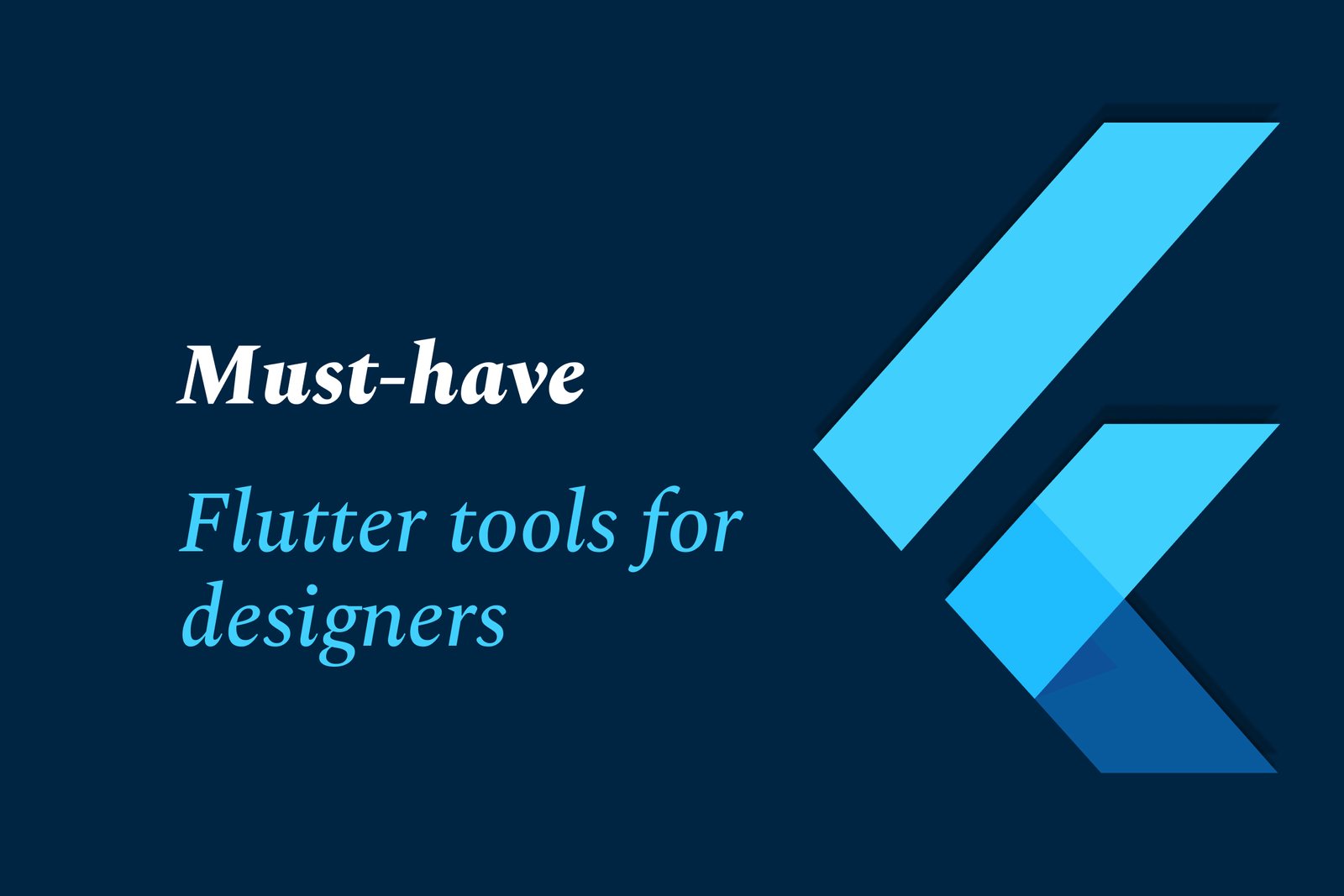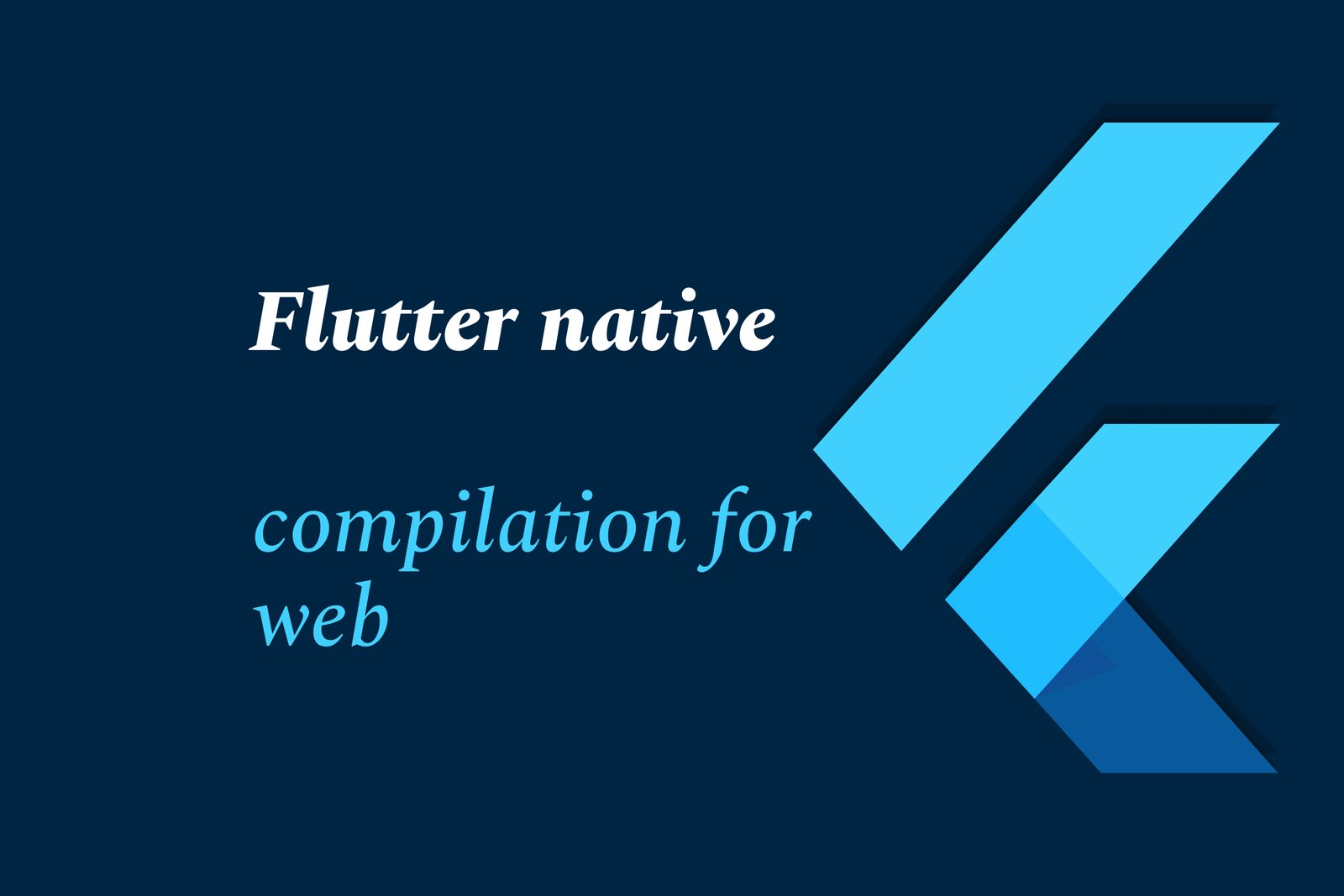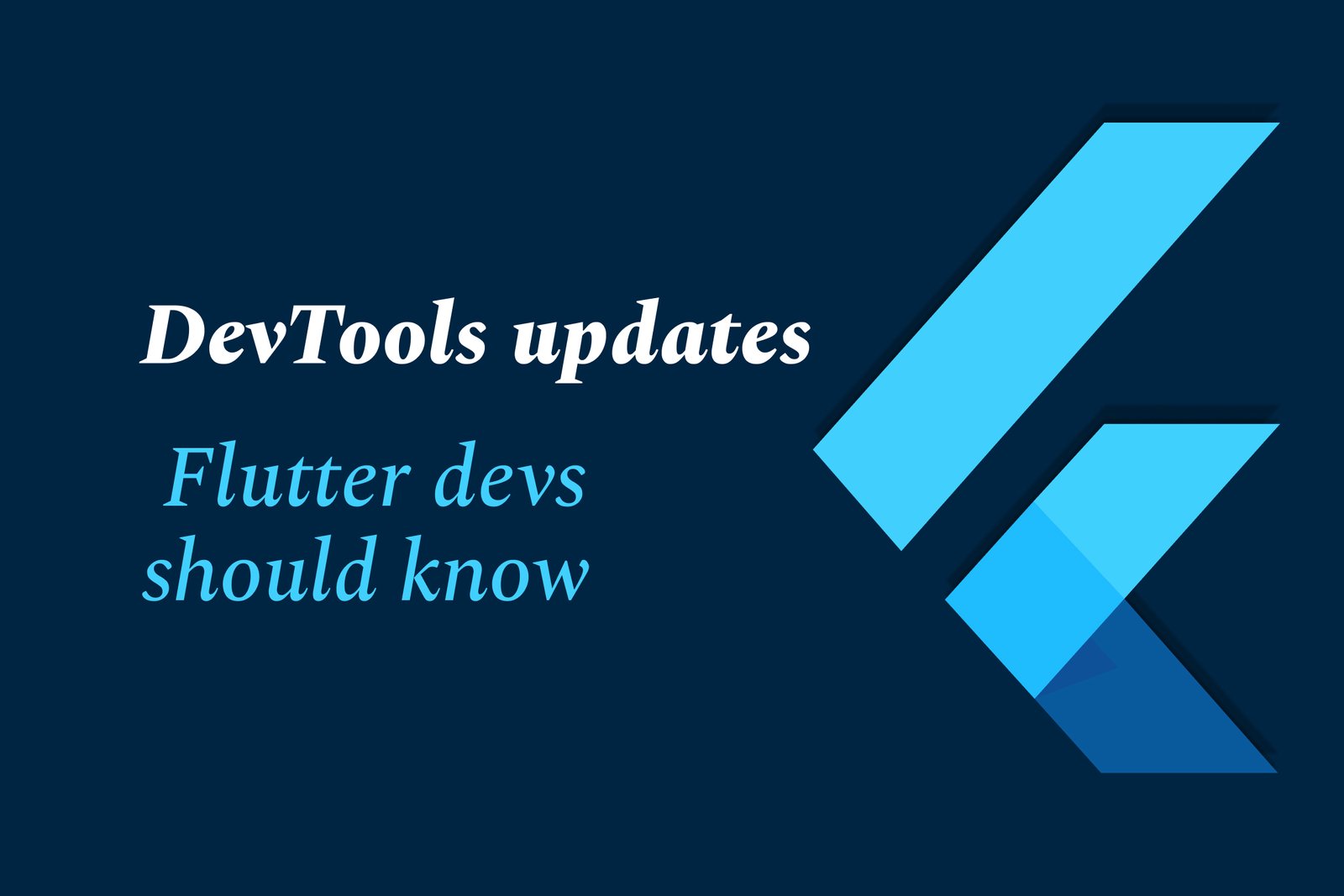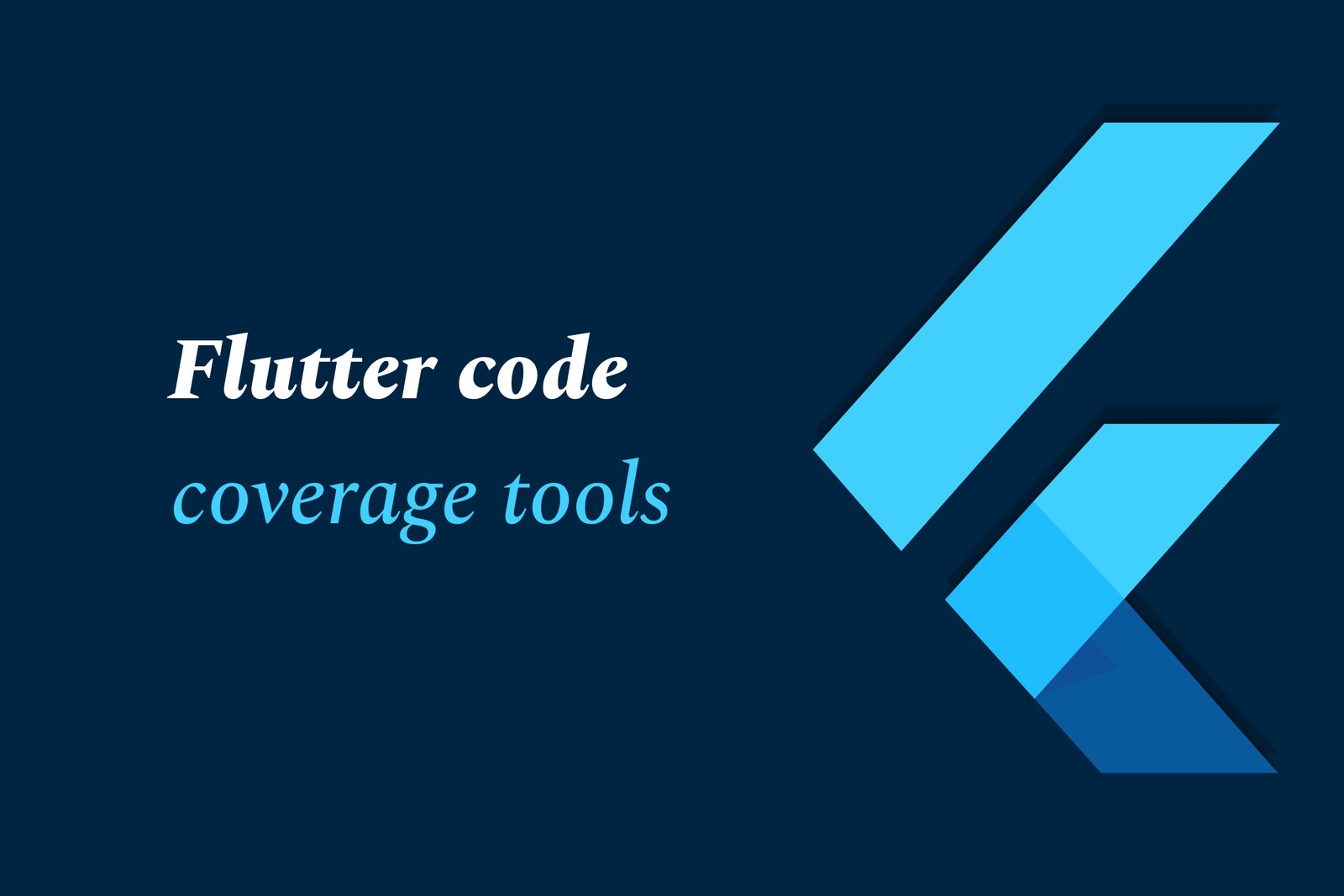Must-Have Flutter Tools for Designers
Must-have Flutter tools for designers include Figma plugins, FlutterFlow, and Panache, which streamline design-to-code conversion, enable rapid prototyping, and simplify theming—helping create polished, consistent Flutter app UIs faster and more efficiently.
Must have Flutter tools for designers
Designers working with Flutter can significantly boost their productivity and design quality by leveraging essential tools tailored for Flutter app development. Below are key Flutter tools every designer should consider:
1 ) Figma to Flutter Tools
These plugins and integrations help convert Figma designs directly into Flutter code.
While there is no total consensus on effectiveness, many developers use tools like Supernova or Adobe XD plugins to streamline the handoff between design and development, saving time and reducing errors.
2 ) Design Collaboration Tools
Tools such as Figma allow real time collaboration and prototyping.
Their integration capabilities with Flutter development environments help maintain design consistency and accelerate iteration cycles.
3 ) Flutter Specific Design Plugins
Plugins exist that facilitate importing and adjusting designs specifically for the Flutter framework.
Adobe XD plugin and Supernova are popular examples enabling designers to export designs compatible with Flutter.
4 ) UI Development and Prototyping Software
FlutterFlow and DartPad provide visual interfaces and coding environments conducive to design experimentation.
These platforms support rapid prototyping, allowing designers to preview animations, gestures, and layouts interactively.
5 ) Asset and Theme Management Tools
Tools like Panache help designers create custom themes and color schemes for Flutter apps.
Managing assets efficiently ensures consistent visual identity across devices.
6 ) Testing and Feedback Tools
Visual testing platforms such as Testmagic or Instabug help catch UI inconsistencies early.
User feedback integration through tools like Countly or Appetize supports iterative improvements based on usage data.
Conclusion
Adopting the right combination of tools—ranging from design to code converters, prototyping platforms, theme management solutions, to user feedback and testing frameworks—empowers Flutter designers to bridge the gap between creative design and high quality app development. This results in faster workflows, enhanced collaboration, and polished user experiences.
https://justacademy.in/news-detail/what’s-deprecated-in-flutter-2025
https://justacademy.in/news-detail/speech-recognition-in-flutter-using-ai
https://justacademy.in/news-detail/flutter-roadmap-beyond-2025
https://justacademy.in/news-detail/flutter-india-summit-2025:-key-takeaways
https://justacademy.in/news-detail/building-ai-first-apps-with-flutter
Related Posts
Top Flutter animation packages like SpinKit, Animations, and Flutter Animate simplify adding smooth, engaging animations to apps. They offer ready-made loaders, material transitions, and versatile effects, enhancing user experience with minimal code and improved UI appeal.
Flutter AI packages are rapidly gaining traction by enabling developers to easily integrate powerful AI features like machine learning and natural language processing into cross-platform apps, boosting innovation and efficiency within the growing Flutter ecosystem.
Flutter enables cross-platform desktop app development with a single codebase, offering fast UI design, native performance, and strong community support. However, it faces challenges like larger app sizes, limited desktop-specific features, and a less mature ecosystem compared to native tools.
Flutter AI combines Flutter’s cross-platform app development with AI technologies to create smart, efficient fintech and healthcare apps—enabling fraud detection, personalized finance tips, medical imaging, virtual health assistants, and automation for improved user experience and operational efficiency.
Flutter's Linux desktop support has steadily advanced, improving performance, native theming, and integration with Linux desktop environments. Collaboration with Canonical and the community is driving better window decorations, menu support, and release-ready app builds for seamless Linux app development.
Flutter is a versatile UI toolkit by Google enabling cross-platform app development, increasingly used for Smart TVs and IoT devices. It allows building native-like interfaces for diverse platforms, streamlining development despite challenges like remote navigation and platform-specific integration.
Flutter native compilation for web transforms Flutter code into efficient JavaScript and WebAssembly, enabling fast, high-performance web apps with smooth UI rendering. This approach delivers near-native speed and consistency across browsers using a single codebase.
Flutter DevTools has been updated with enhanced performance profiling, an improved widget inspector, network monitoring, Material You theming support, faster hot reload/restart, and better accessibility tools—helping developers debug and optimize Flutter apps more efficiently.
Flutter code coverage tools measure the percentage of code executed during testing, helping developers identify untested parts. Using commands like `flutter test --coverage` and tools like LCOV and VSCode extensions, they visualize coverage to improve code quality and reliability.
In 2025, Dart Pub remains a vital hub for discovering and managing Dart packages, driven by Flutter’s growth. Trends focus on enhanced cross-platform tools, improved performance, richer libraries, and rising use in innovative apps like AR, making Dart Pub essential for versatile, modern development.










